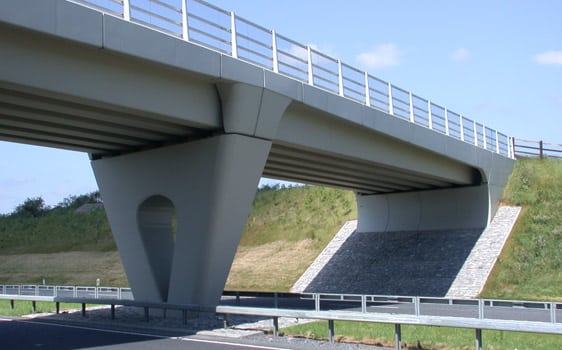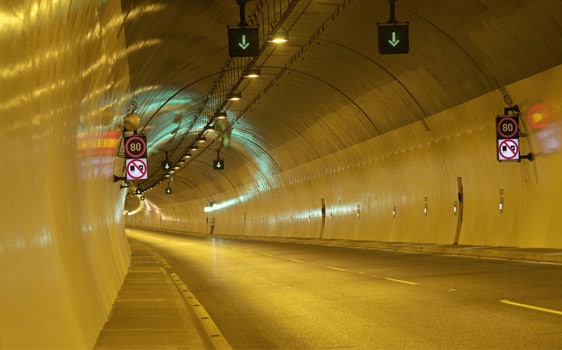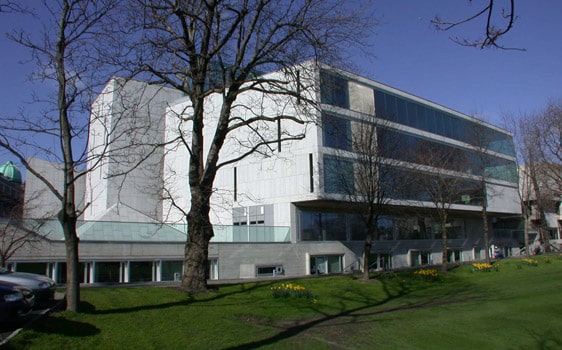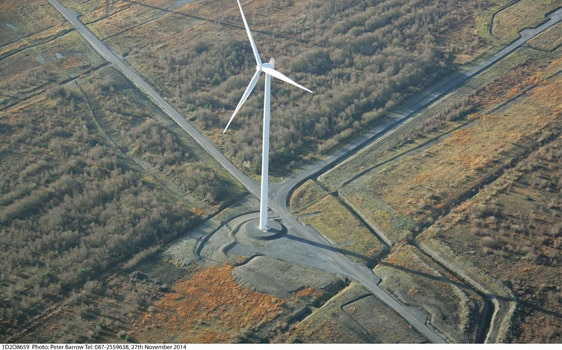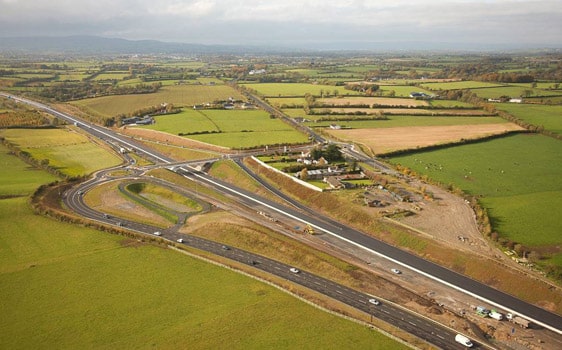Concrete – The backbone of sustainable construction
Concrete plays a vital part in our daily lives. It shapes the built environment around us, from schools, hospitals and housing to roads, bridges, tunnels, runways, dams and sewerage systems. Few people realise that concrete is in fact the most used man-made material in the world, with three tons used annually for each man, woman and child. Indeed, there is twice as much concrete used globally when compared to of all other building materials combined, including wood, steel, plastic and aluminium. Its strength, durability, thermal mass and affordability make it the material of choice for most purposes.
Through its use of local raw materials to construct resilient and durable buildings and structures which can be adapted or recycled at the end of a long life, concrete meets the highest standards across the economic, environmental and societal pillars of sustainability.
Concrete truly is the backbone of sustainable construction.
Society
Economy
Environment

